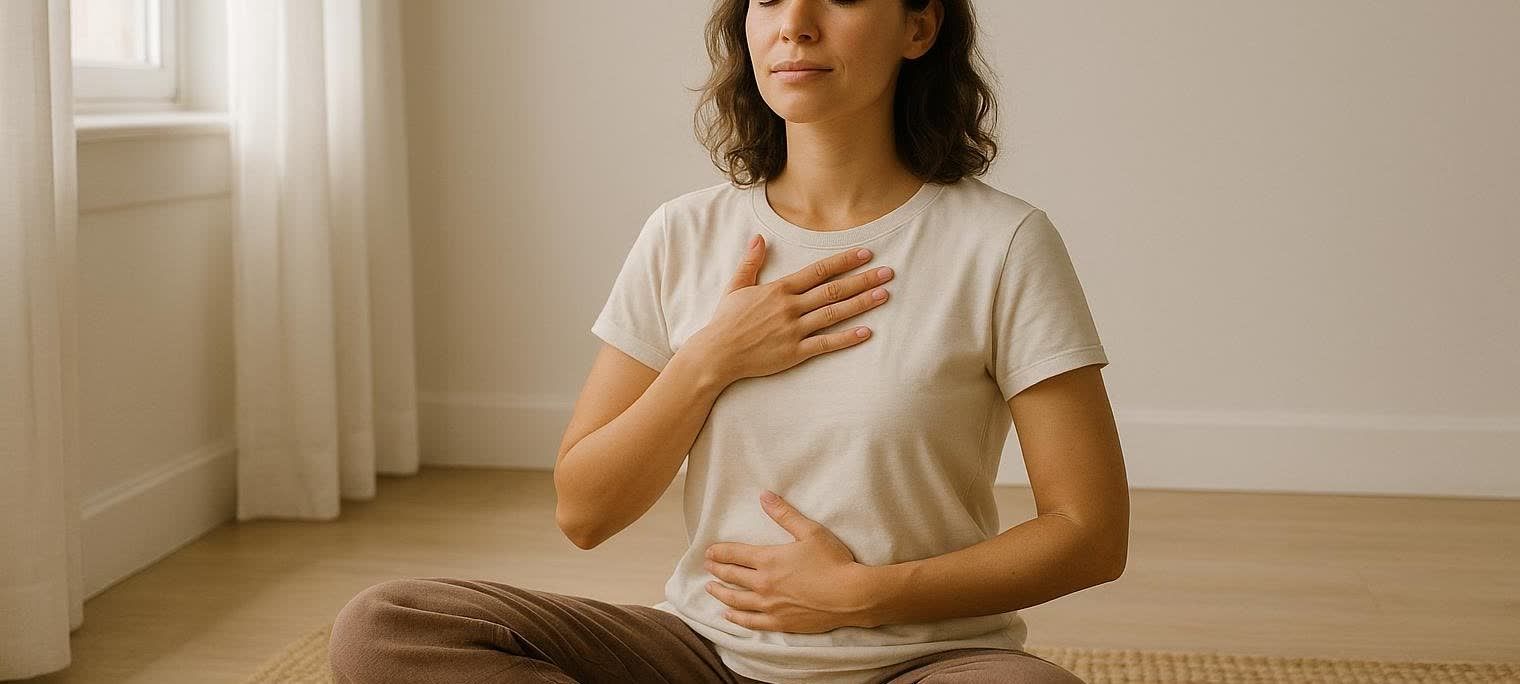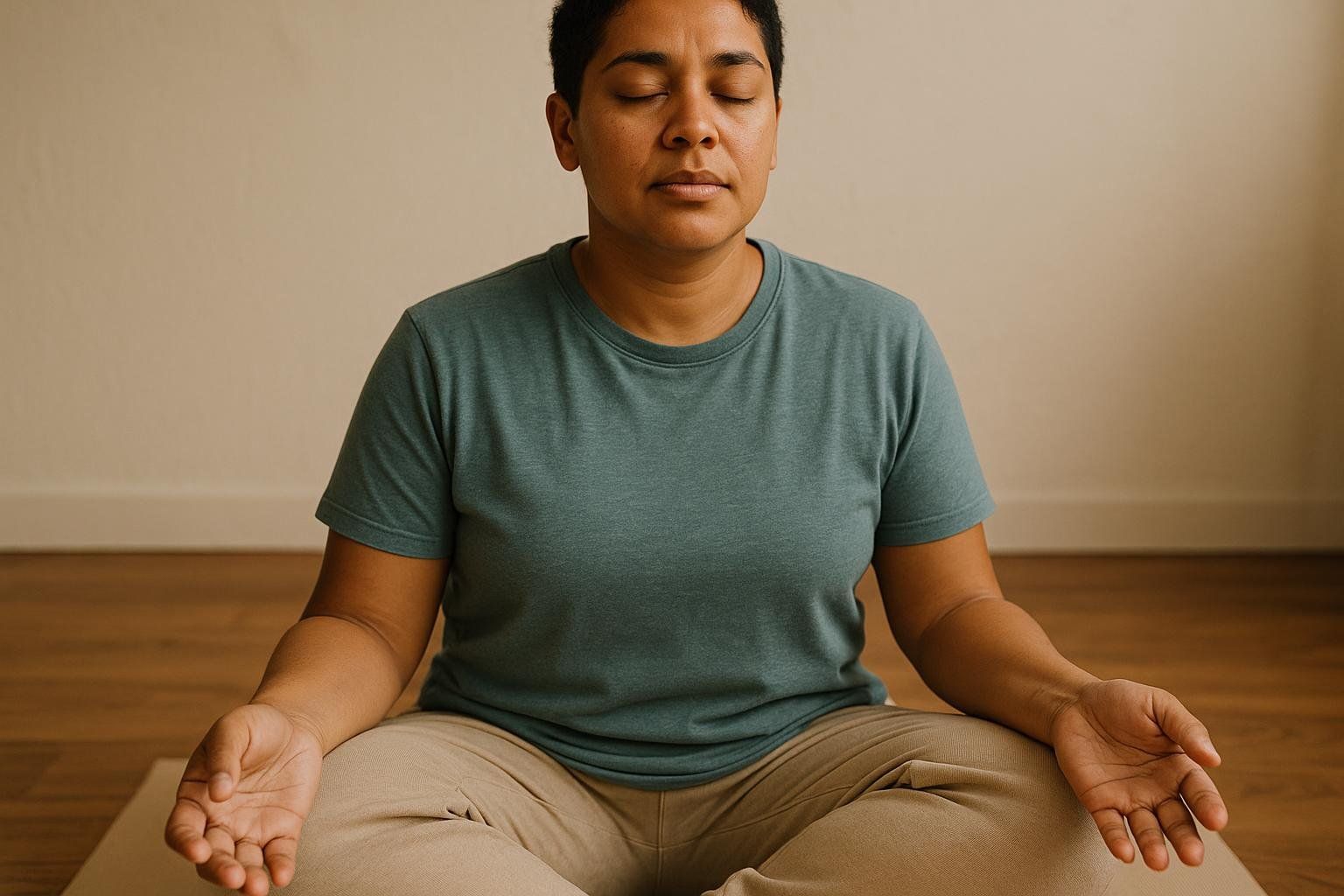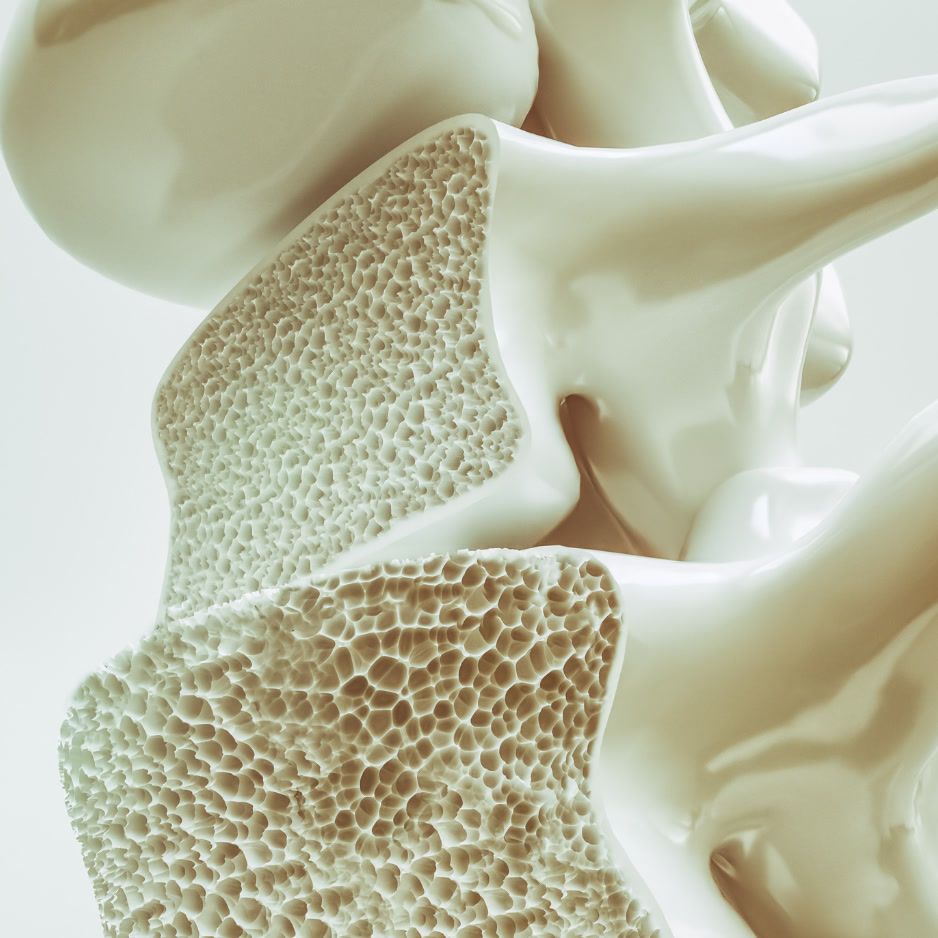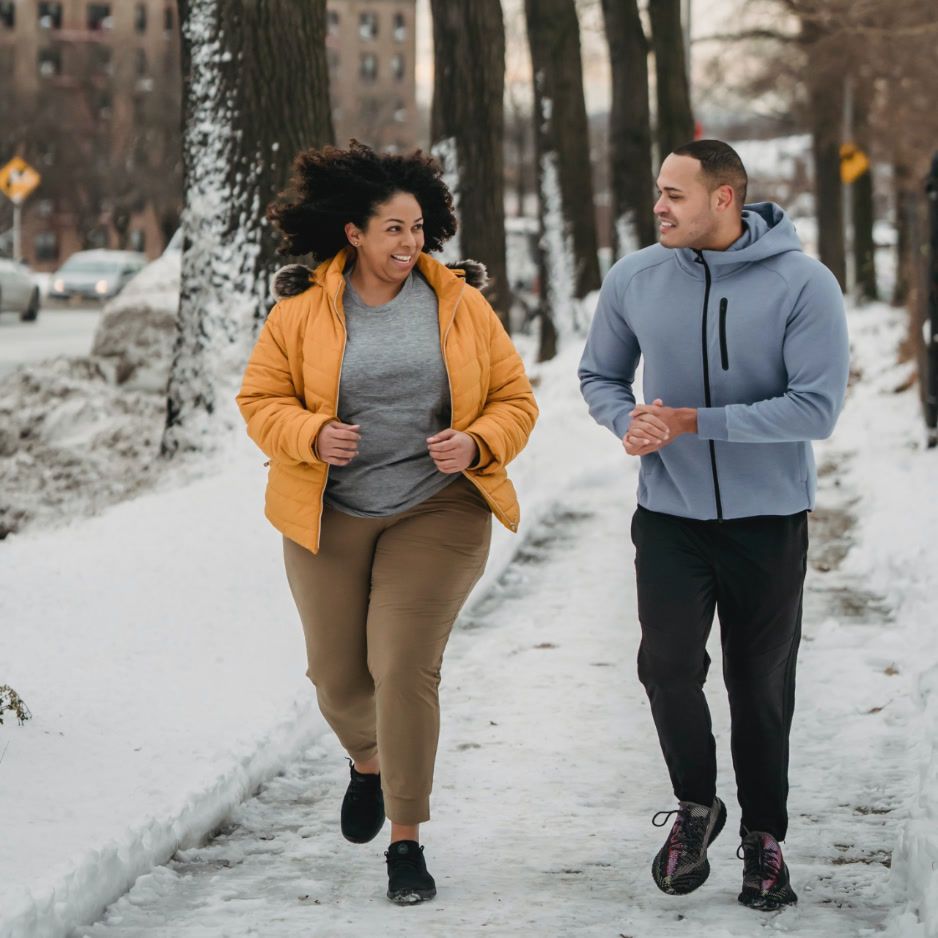Somatic Workouts: Benefits and Beginner Routines

Somatic Workouts: Benefits & Routines to Start Today
If your body feels wired but tired, a somatic workout can act like a reset button—helping you downshift stress, ease nagging tension, and move with more ease. Somatic workouts are gentle, mindful sessions that focus on how movement feels from the inside out, not on reps, heart rate, or aesthetics. They fit easily into a busy day and can complement strength, cardio, and mobility training.
In this guide, you’ll learn what a somatic workout is, the science-backed benefits, and three beginner routines (5, 10, and 15 minutes). You’ll also learn how BodySpec DEXA can complement your routine by baselining muscle balance and tracking long-term changes in lean mass, fat mass, and bone density as part of a holistic fitness plan.

What is a somatic workout?
A somatic workout uses slow, attentive movements and breath to increase body awareness and release unnecessary muscular tension. In clinical and wellness settings, somatics refers to movement and bodywork approaches that emphasize internal sensation and self-regulation. Philosopher Thomas Hanna popularized the modern use of the term in the 1980s to describe first-person mind–body education (historical analysis). Johns Hopkins outlines “Somatic Shorts” (5-minute practices) and longer sessions that include body scans, conscious breathing, spinal mobility, and grounding drills, all designed to reconnect you with embodied cues you might overlook during a hectic day (see their Somatic Self Care series).
Does it work? What the research says
Somatic approaches are an umbrella that includes techniques such as the Alexander Technique, Feldenkrais Method, and mindfulness-based body scans. While these methods differ, several have encouraging evidence:

- Chronic back pain and movement quality: A large randomized controlled trial reported that one-to-one Alexander Technique lessons produced long-term improvements in disability and fewer days in pain for people with chronic or recurrent low back pain (BMJ randomized trial).
- Balance, mobility, and musculoskeletal pain: Systematic reviews of the Feldenkrais Method report improvements in gait, balance, mobility, and reductions in pain and perceived exertion in older adults and people with spinal or shoulder pain, with effects comparable to other physiotherapy options (2022 systematic review and meta-analysis).
- Stress and mood: Body-scan and mindfulness-based programs consistently reduce stress, anxiety, and depressive symptoms in healthcare professionals and other groups, including with abbreviated formats (systematic review of MBSR in HCPs).
- Trauma-related symptoms (early but promising): A scoping review of Somatic Experiencing suggests potential benefits for PTSD symptoms and related pain measures, though more rigorous randomized trials are needed (Somatic Experiencing scoping review).
Bottom line: Somatic workouts are gentle but not “just stretching.” They train attention, breath, and nervous-system regulation alongside movement. Evidence supports benefits for pain, mobility, and stress, with trauma-related outcomes promising but still emerging.
Who benefits most

- Office-bound professionals who need quick "resets" to relieve neck/shoulder tightness and screen fatigue.
- Trainers and therapists looking to add low-impact nervous-system downshifts between higher-intensity blocks.
- Older adults seeking safe, joint-friendly movement to improve mobility and comfort.
If you’re rehabbing an injury or live with a medical condition, check with your clinician first and progress gradually.
5-minute, 10-minute, and 15-minute somatic workouts
Use these as written or as a menu—move slowly, breathe quietly through your nose, and keep your attention on sensation. None of this should hurt.
5-Minute Somatic Short (anytime reset)
- Body scan check-in (60 seconds): Seated or standing, sweep attention from crown to feet; notice warmth, pressure, or tension without changing anything first.
- Three-dimensional breathing (90 seconds): Hands on ribs and low back; inhale into sides/back of ribcage, soften on exhale.
- Shoulder-melt circles (60 seconds): Slow tiny circles forward/back; release jaw and tongue.
- Pelvic clock (60 seconds): Seated, gently tilt pelvis 12–6–3–9 o’clock; smooth the circle.
- Foot grounding (30 seconds each): Stand, feel heel–ball–toe contact; sway subtly until you find easy balance.
10-Minute Desk Reset (no mat required)
- Box breath (2 minutes): Inhale 4 • hold 4 • exhale 4 • hold 4; keep face soft.
- Seated spinal wave (2 minutes): From pelvis up, segment the spine into gentle flexion/extension; move slow.
- Side bend + reach (2 minutes): One hand to chair, other arm arcs overhead; breathe into outer ribs; switch sides.
- Neck glide + nods (2 minutes): Slide head gently forward/back, then tiny yes/no nods; keep shoulders heavy.
- Standing weight shifts (2 minutes): Shift weight right/left; let breath match the sway; finish in neutral.
15-Minute Evening Unwind (mat optional)
- Body scan + diaphragmatic breath (3 minutes): One hand chest, one hand belly; let belly rise on inhale.
- Supine knees-to-chest rocks (2 minutes): Small, slow; imagine massaging the back of your ribs.
- Hip windshield wipers (2 minutes): Knees bent, feet wide; drop both knees side to side with easy breath.
- Spinal twist with long exhale (3 minutes): Arms wide; inhale center, exhale into the twist for 6–8 seconds.
- Seated fold with support (3 minutes): Sit tall, hinge slightly; prop elbows on thighs; breathe into back body.
- Quiet sit (2 minutes): Eyes closed or soft; notice any shift in tension or mood.
Pro tips for better results

- Move slower than you think. The nervous system learns best when you reduce force and increase precision.
- Stay curious, not judgmental. Label sensations (warm, tight, buzzy) without forcing change—this awareness is often what allows the body to release tension naturally.
- Practice in short bursts. Two or three 5-minute breaks can be more effective than one long session on a hectic day.
How to track progress (and why BodySpec helps)
Somatic workouts can reduce perceived stress and pain, but it’s helpful to see objective change too. Try a quick daily note (rate stress, neck tightness, and sleep quality 1–10) and capture weekly “movement wins” like turning your head to back up the car without stiffness or sitting through a meeting without fidgeting.
For objective data, BodySpec DEXA scans quantify fat, lean mass, bone density, and left–right lean mass balance so you can monitor training effects and address imbalances over time. Explore our complete DEXA body composition guide, review our accuracy standards, and see how to prepare for your scan.
Pair your somatic habit with targeted strength and mobility to reinforce posture and comfort—try these next for stronger alignment, more comfortable sitting, and easier walking: 10 essential posture exercises, mobility drills for office workers, runners, and seniors, and a quick plan to fix anterior pelvic tilt.
Somatic apps and classes
Prefer guided sessions? Try:
- Free, workplace-friendly videos from Johns Hopkins with 5-minute “Somatic Shorts” and longer practices (Somatic Self Care series).
- Some commercial fitness apps, such as Peloton, have started to offer dedicated somatic exercise collections (see Peloton’s somatic exercise collection).
You can find more options by searching for terms like “somatic movement,” “mindful mobility,” “body scan,” or “nervous system regulation.” Many apps categorize this content under yoga, meditation, mobility, or recovery.
Features to look for:
- Short (5–15 minute) sessions for micro-practice
- Audio-only body scans for quick breaks
- Guided breathing timers
- Progress notes or mood trackers
- Clear safety instructions and trauma-sensitive options
Safety and modifications

- Pain is a stop sign. Reduce the range, slow down, or skip the move entirely.
- For seniors or if you’re deconditioned: Favor supported positions (seated, hands on a wall), use a chair for balance, and keep breath easy.
- For trauma sensitivity: Keep eyes open, practice in well-lit spaces, and choose shorter sets. Early evidence suggests somatic therapies may help with trauma-related symptoms, but work with a trauma-informed professional if needed.
FAQ
Is a somatic workout “real exercise” if I don’t sweat?
Yes—just with a different target. You’re training your awareness of internal body signals, breath control, and coordinated movement patterns that can reduce pain and improve everyday function. Research in the Alexander Technique, Feldenkrais, and mindfulness-based programs supports these benefits.
Can somatic workouts help with anxiety?
They can help many people feel calmer and cope better with stress. Reviews of mindfulness-based programs show reductions in anxiety and stress, and somatic trauma therapies show promising—though still developing—evidence.
How often should I do them?
Daily micro-sessions work well (even 5 minutes). Johns Hopkins’ “Somatic Shorts” model is designed for quick, repeatable practice in work settings.
How is this different from yoga or Pilates?
Yoga and Pilates can be practiced somatically (with inner attention), but “somatic workouts” make interoception and nervous-system regulation the main goal, not flexibility, load, or aesthetics. Methods like Alexander and Feldenkrais are explicitly education-focused rather than performance-focused.
To bring a calmer body into your day, start with one of the short routines above and repeat it 3–5 days this week. When you’re ready to quantify progress alongside how you feel, book a BodySpec DEXA scan to baseline your lean mass, fat mass, and bone density, then retest in 8–12 weeks to see what your routine is changing.


